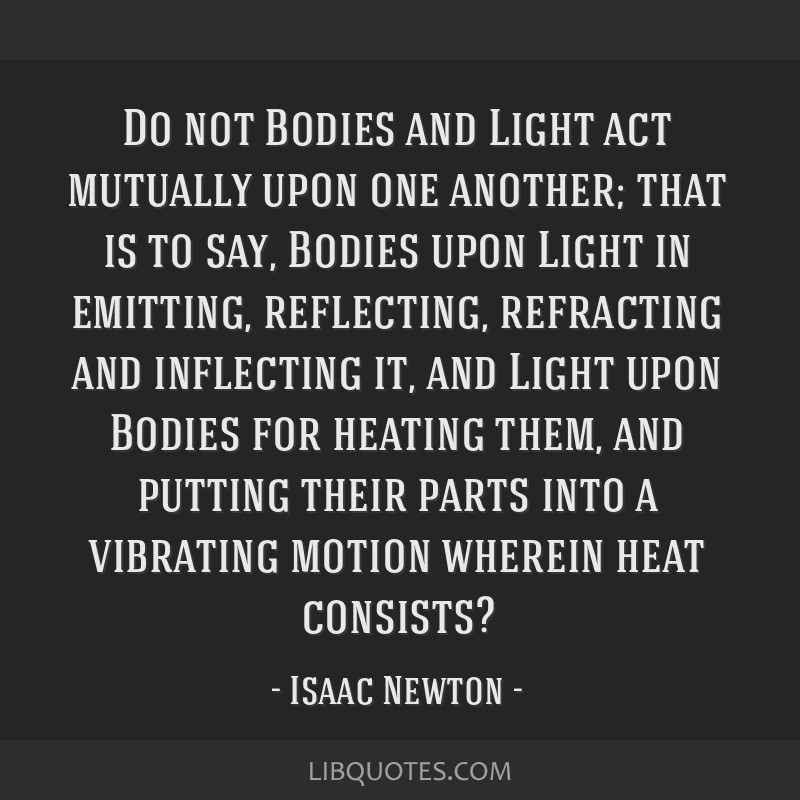
By studying the glowing spots in his vision that the gruesome probing produced and comparing his notes to those taken from the dissection of a rabbit’s eye, Newton confirmed that the eye acted much like a pinhole camera - inverting images onto the retina wall that the brain would later revert to construct our sense of vision. As a young man, he stuck a long, blunt sewing needle (a bodkin) into his eye between the bone and the eyeball to poke at the retina underneath. Newton’s fascination with light and how we perceive it not only made his experiments painstaking, but painful too.

Burnt 'Great Pyramid' notes reveal Isaac Newton's research into the apocalypse 200 more copies of Newton's 'Principia' masterpiece found in Europe by scholar sleuths Lopsided star cluster may disprove Newton and Einstein, controversial new study claims Of the many discoveries detailed within its pages, Newton explained how glass prisms could both break white light down into and reconstitute it with the constituent colors of the optical spectrum weighed in on the debate on whether light was a particle or a wave (he believed it was a particle, which he called a corpuscle) and described how our perception of color comes from the way a material selectively absorbs, transmits or reflects the different colors within white light. Unlike his more famous "Principia Mathematica," which outlined the three laws of motion and was written in Latin, Newton wrote Opticks in popular, vernacular English, making it accessible to a wider audience. Newton’s Opticks was first published in 1704 and was the culmination of decades of the physicist’s investigations into the nature of light.



(Image credit: Ann Ronan Pictures/Print Collector/Getty Images) Opticks contains details of Newton's famous experiments using prisms to investigate the composition of light.


 0 kommentar(er)
0 kommentar(er)
